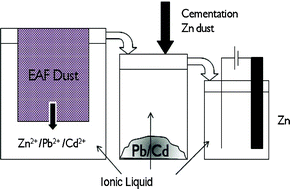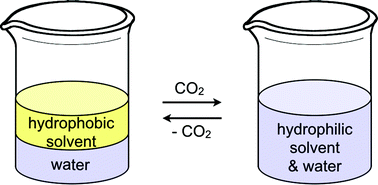Polymer scientists from Aachen, Germany, have developed a novel and green method to produce biocompatible polyesters using Novozyme 435 as the catalyst.
The polyester poly(pentadecalactone) (PPDL) investigated in this work is a non-toxic, highly crystalline and hydrophobic material – similar to polyethylene. By copolymerizing pentadecalactone with functional e-caprolactones and macrolactones containing C=C double bonds, epoxide rings and amide functionalities, it was found that the properties of PPDL could be tuned and crystallinity was reduced – increasing the biocompatibility of the material which is necessary for applications in drug-delivery devices or scaffolds.
To find out more, click the link below to read the Green Chemistry article in full – free to access until 21st March 2011.
Tailor-made polyesters based on pentadecalactone via enzymatic catalysis by C. Vaida, H. Keul and M. Moeller
DOI: 10.1039/C1GC15044H
















